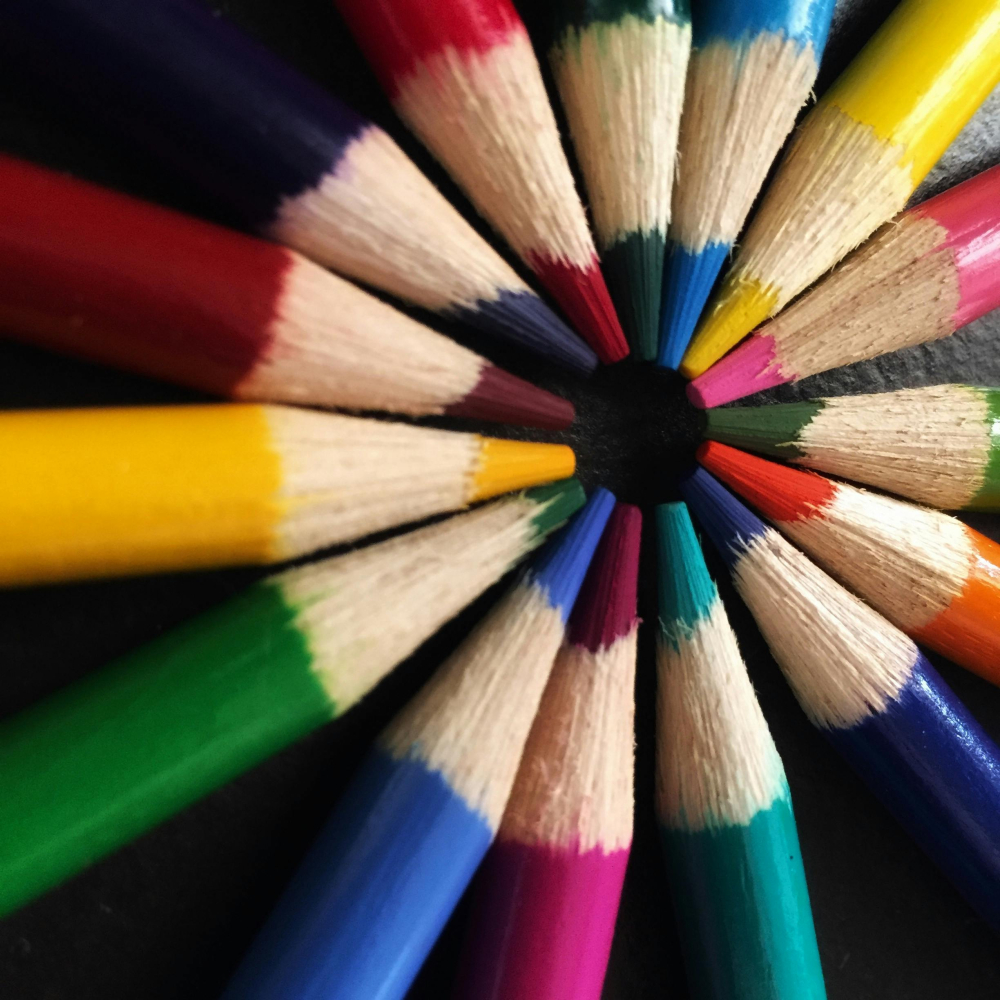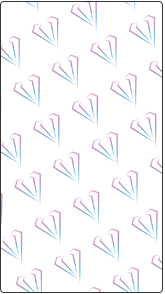Call 0207 553 5000(International +44 (0) 207 553 5000)
Pay by card 0207 553 5000
(International +44 (0) 207 553 5000)
(Ireland 1800 849 035)
Pay via phone 0907 004 0075
Calls cost £1.50/min plus your network access charge.
Readings are for entertainment only. 18+.

Colour Therapy
Colour Therapy is an ancient practice that has regained its recognition in the field of vibrational healing. In India, Ayurvedic practitioners taught that specific colours corresponded with the seven chakras or energy centres in the body. In 1878, Dr Edwin D Babbitt published a book call Principles of Light and Colour and described the work that he did with chromatotherapy which is healing with coloured lights, treating a variety of ailments including burns, nervous excitability and cold in the extremities.
The most extensive work on colour therapy was done by Dr Dinshah P Ghadiali who studied Babbitt’s work and researched the effects of colour on disease. In 1947, Swiss Psychologist, Dr Max Lüscher introduced the Lüscher Colour Test which is still widely used by many psychologists. The test consists of choosing 43 colours from 73 possibilities. By observing the colours that a client chooses or rejects, the therapist can learn about the client’s psychological state.
How does it work?
Colour Therapy used coloured light to treat disorders and restore good health. It is believed that each individual receives and absorb electromagnetic energy from the sun and emits it in a unique Aura. The electromagnetic field or Aura vibrates around the body at different frequencies. Colour Therapy
Colour is a property of light, which consists of many different electromagnetic waves of energy. When light falls upon the photoreceptor cells of the retina, it is converted into electric impulses, which then travel to the brain and trigger the release of hormones.
It is well-established that the lack of sunlight experienced during the winter in northern climates causes depression in many people--a condition known as seasonal affective disorder (SAD). Daily exposure to full-spectrum light from a special bright-light box has been shown to improve SAD by suppressing daytime elevation of the hormone melatonin (a substance that promotes sleep) and increasing the amount of the mood-elevating brain chemical serotonin.
Proponents of colour therapy reason that if light, as well as the absence of light, has such profound effects on health, then the individual colours that make up light must, too. No conclusive proof of this has ever been found, however.
Used to treat both physical and emotional problems, colour therapy may involve exposure to coloured lights, massages using colour-saturated oils, contemplating and visualizing colours, even wearing coloured clothing and eating coloured foods.
The benefits of Colour Therapy
Although contemplating different colours, or being bathed in coloured lights, may be quite relaxing, there have been few clinical studies of colour therapy to either support or condemn its use.
When treating serious illnesses, such as AIDS, asthma, diabetes, or even cancer, practitioners of colour therapy suggest using their treatment only as an adjunct to conventional medical treatment. It should never replace specific medications or procedures prescribed by your doctor.
Physicians familiar with full-spectrum light boxes have found it very effective in the treatment of SAD. Some studies have also shown that light boxes are helpful for stress-related ailments, mood disorders, and sleep problems.
What to expect during a consultation
Visiting a colour therapist should be an enjoyable and relaxing experience. The treatment room should be warm and the chair or couch should be comfortable. The therapist should take your medical history, noting any drugs you may be on (see Cautions, below).
Unless you are seeking treatment for a psychological problem, you will probably be asked to don a robe. Or you may need to remove some clothing in order to expose certain areas of your body to coloured lights.
Colour therapists use a variety of techniques. Some shine beams of filtered light onto the part of the body being treated. Others use flashing coloured lights. Still others shine a filtered and softened beam of coloured light directly into the eyes. If the therapist prefers, coloured silks may be used instead of lights.
If you are seeing a practitioner of Ayurvedic medicine, he'll likely have a chart to explain the healing powers of the different colours and how they effect corresponding chakras. If you considering colour therapy for psychological reasons, you may be asked to take the "Lücher Colour Test."
The diagnosis and method of treatment will determine the number of therapy sessions required.
Some forms of colour therapy are simple and safe enough to be done at home, and the therapist may recommend that you try one or more of them. These include wearing clothes of a recommended colour, eating certain colourful foods, visualizing a particular colour while meditating, and sitting in front of a colour-filtered light for a period of time. If you suffer from SAD, the practitioner will probably recommend that you purchase a bright-light box or special light visor for regular use at home.
Free Tarot Reading
Do you have a question that’s been bothering you or a situation that’s making you uncertain? Why not try our free card reading service? Write your question in the box and click the button to get your reading.
Want to know more?
Call 0207 553 5000 to speak to our gifted psychics...

Join millions who have already received guidance.
Become a Crystal Circle member today!
Sign up for news, insights and offers
GET STARTEDAll readings are for entertainment purposes only


